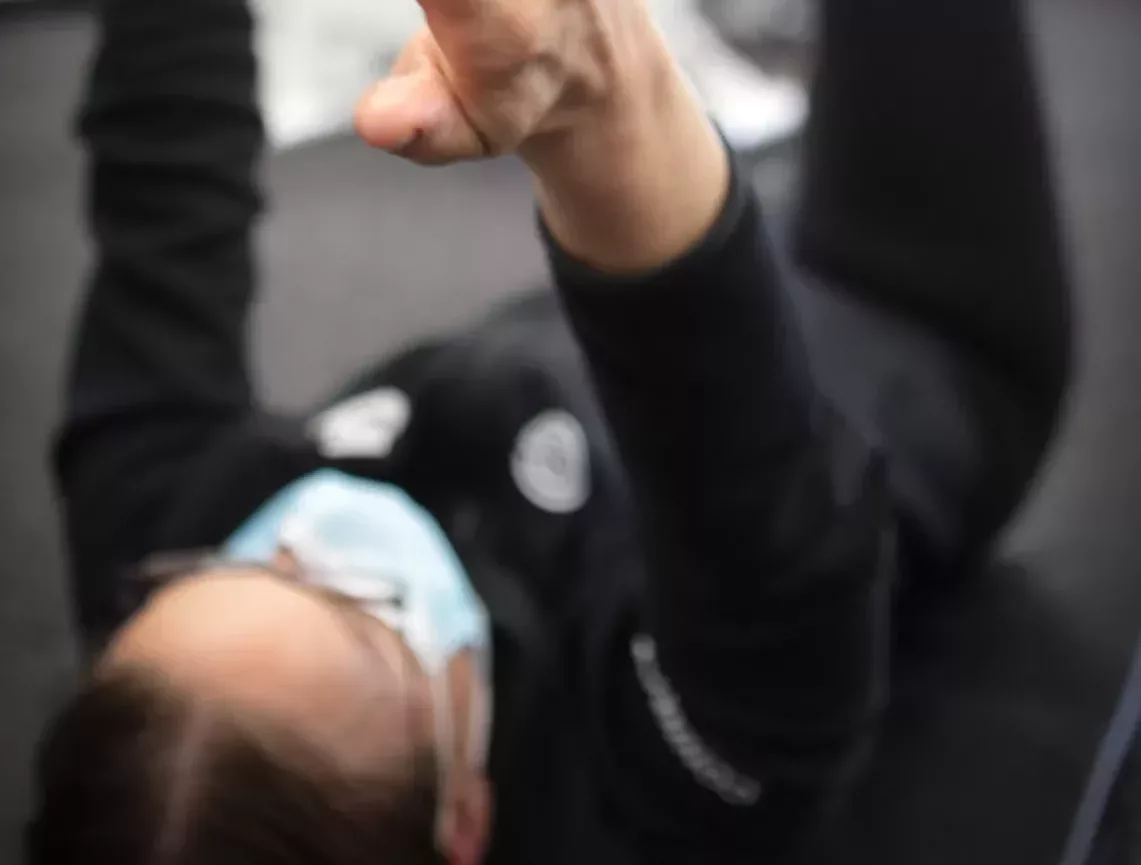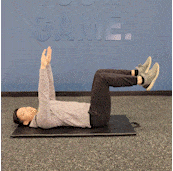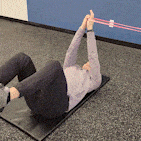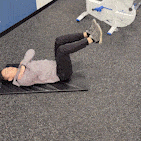
Exercise Technique: Dead Bugs
Are you looking to level up your core exercise routine? Dead-bugs might be just what you need to get the results you’re looking for. Dead-bugs are a trunk stabilization exercise that helps you develop a strong core base. This exercise is beginner-friendly and can be made harder through a series of simple progressions. In addition to being a great addition to your core routine, dead-bugs are also an effective exercise for injury prevention, managing back and neck pain, and improving technique in other activities such as running and cycling.
Here are two ways dead-bugs can benefit you:
Injury Prevention: Poor spinal stability and endurance are often contributing factors to back pain, which can be alleviated by strengthening the muscles that support the spine. Exercises that emphasize developing core endurance, such as planks, bird dogs, and dead-bugs, are recommended as they challenge the muscles to maintain a stable position for an extended period of time. By improving core endurance, individuals can better support their spine during activities that involve bending, lifting, or twisting, reducing the risk of injury and improving posture. Therefore, incorporating core strengthening exercises into one’s routine can be an effective way to address the underlying causes of back or neck pain and improve overall spinal health.
Improved Athletic Performance: Improvements in core strength can have a positive impact on sports performance. Increases in core strength have been shown to lead to an improvement in running economy, meaning that runners become more efficient in their movements and require less energy to maintain the same speed. Additionally, cycling performance has been shown to improve when cyclists have a strong core, as it enables them to generate more power with each pedal stroke while maintaining proper form. The core acts as a stable base for the lower extremity muscles during athletic activities, allowing for proper alignment and efficient movement. By incorporating exercises like dead-bugs into your training program, you can improve your core strength, leading to more efficient and powerful movements, ultimately improving your overall athletic performance.
Here’s how to do the dead-bug exercise correctly:
- Lie on the floor on your back with your hands fully extended over your shoulders and your knees over your hips.
- Find your low back by pushing your ribcage into the ground, then brace your core muscles to create a strong and stable trunk.
- Challenge your core stability by moving one arm and the opposite leg towards the ground while maintaining a neutral spine and keeping your core engaged.
- Return to the starting position and repeat with the other arm and leg.
The critical part of performing the dead-bug properly is making sure that you set your core position well and avoid losing that position during the exercise. If you find that your lower back is arching when you move your arm and leg back and forth, you’ve lost that position. If this happens, you should either reset or try an easier version.
 Basic dead-bug exercise.
Basic dead-bug exercise.
As you get better at the basic dead-bug, you can add in variations to make the exercise more challenging. For example, you can try moving both arms and legs simultaneously or using resistance bands to add more resistance to the movement. Dead-bugs can also be part of a rehabilitation plan or an exercise plan to improve your core strength and stability.
 Dead-bug using a band.
Dead-bug using a band.
 Dead-bug moving both arms and legs.
Dead-bug moving both arms and legs.
In conclusion, dead-bugs are a great addition to any core exercise routine, and they offer several benefits, including improved posture, reduced risk of injury, and improved technique in other activities such as running and cycling. Whether you’re a beginner or an experienced exerciser, this exercise can help elevate your core workout and improve your overall health and fitness.
Have more questions or need help with your dead bug technique?
Contact us today to find out more options to optimize your training exercises.
We offer TeleRehab services for those not nearby our physiotherapy clinic in Edmonton.

